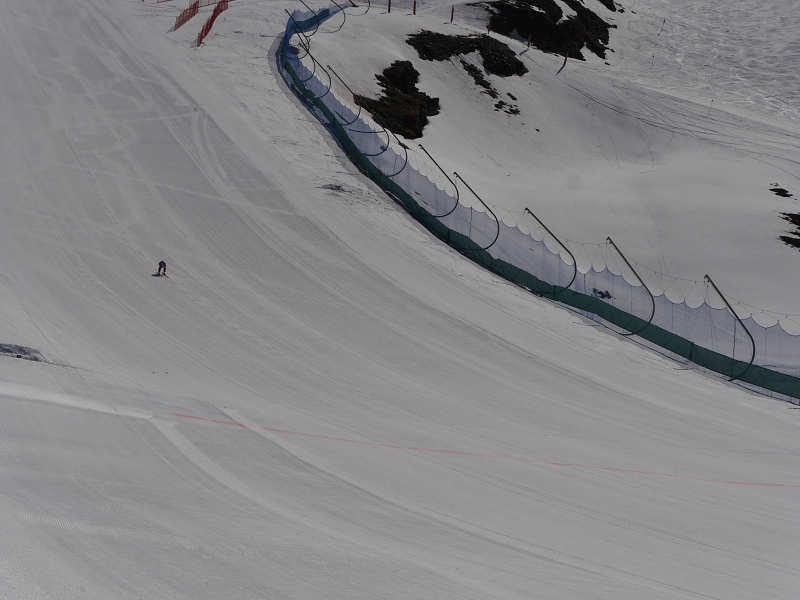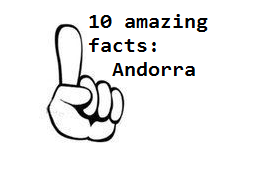Barcelona (Catalonia, Spain) has a typical Mediterranean climate, however, there are many nuances that distinguish it from the neighboring Catalan seaside cities.
Firstly, this is due to its location on the line of the prevailing streams of westerly winds, which makes winter rains light, but short. On the other hand, the city is influenced by the urban microclimate, representing a maximum difference of 6.9 ° C between the city center and the periphery. Finally, its location north of the Mediterranean Basin gives it special characteristics such as short-term hydrological drought and regular snowfall during the winter season. While it can be snowing in Barcelona, the sky remains clear in neighboring, but more southern Tarragona.
Winter in Barcelona is short, cool and relatively dry, with minimal rainfall in a Mediterranean context. In January and February, the average temperature is around 10 ° C, and the maximum average is around 13 ° C. On average, frosts occur from one to five days, more often in the upper part, Collserola (cat. Collserola), and in the nearby areas of Besos (cat. Besòs).
Summers are relatively dry, but with high air humidity, long and warm (in July and August, the maximum daytime temperatures usually do not exceed 30 ° C, since the sea wind blows on land. The maximum temperature recorded in the city was 39.9 ° C in the Raval region and 39.8 ° C at the Fabre observatory, at an altitude of about 450 m at Tibidabo, with a minimum temperature of -10 ° C recorded at the same observatory.
In the city center, frosts are almost non-existent, but more often they occur in nearby municipalities and on Tibidabo. Snow is also a strange phenomenon in the city. Snow falls annually during the day on average in the lower part and gradually rises higher almost to Tibidabo. But snowfalls, leaving a trail, “clinging” to the ground, fall on average once every 5 years.
It should be noted that a record amount of snow fell on Christmas Day 1962. For many years, it snowed intermittently in Barcelona, since the 80s were some of the snowiest, meteorologists especially note the snowfalls in 1993 and 1999. The last episode was on March 8, 2010, when it snowed. The thickness of the snowfall was recorded at the level of 5-6 cm in the center and on the beaches, 10-15 cm in the upper areas of the city and about 30 cm at Tibidabo.
The total annual rainfall is about 600 l. The rainiest month is October with about 96 l of precipitation, in September there is a little less rain – 76 liters, which are often in the form of breezes. The driest months are July (27 mm) and February (38 mm).
Barcelona full guide
Barcelona theaters and entertainment
Barcelona FC and sport infrastructure
Barcelona administrative division
See here Catalan travel guide











